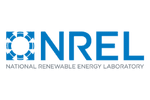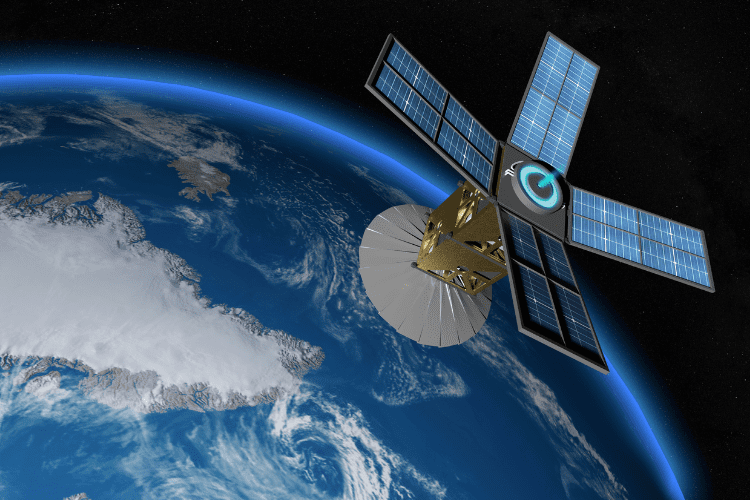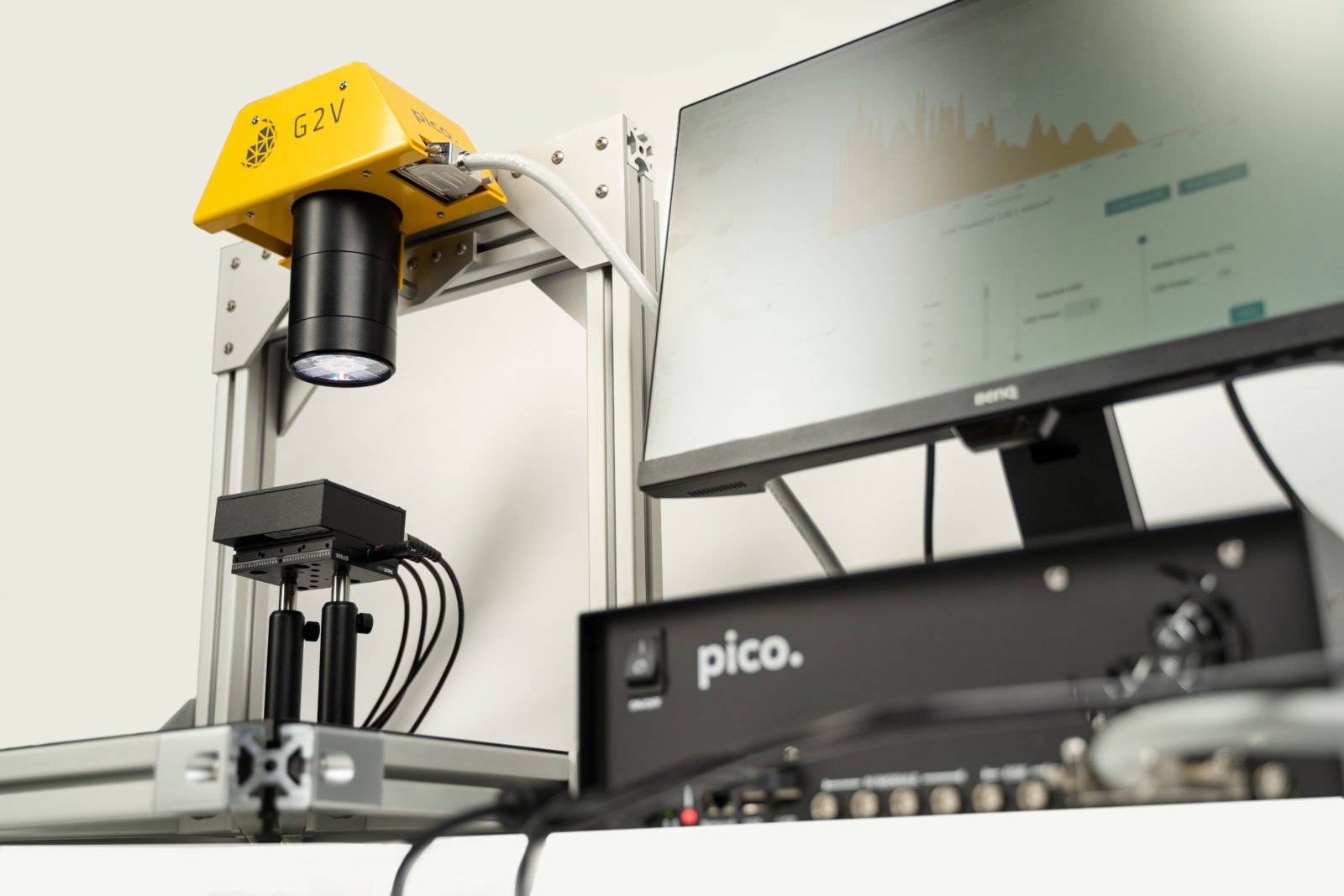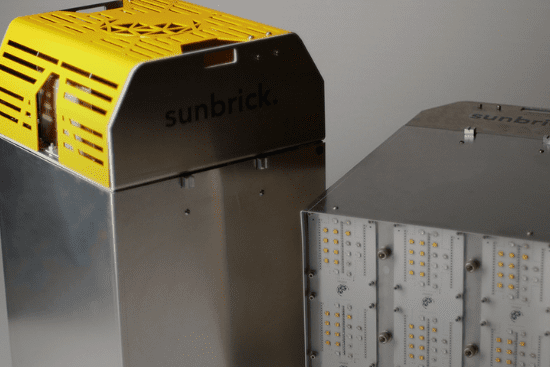G2V's LED Solar Simulators Are Trusted By

















Test Your Cubesat Under Full Spectrum Space Light
You’re making a small satellite, getting ready to launch it as a secondary payload into Low Earth Orbit. It’s carrying sun sensors, star trackers, attitude control subsystems, and solar cells to power it all. You’ve miniaturized your technology and want to make sure it’s all mission-ready.
You’re looking to test your entire CubeSat before it leaves the ground, and you need to trust the results.
You need a light source with high spectral fidelity to accurately assess solar charging. To correct anomalies and degradation pathways before orbit.
G2V’s LED solar simulators output large-area, full-spectrum light replicating conditions found in outer space and beyond, so you can confidently test your entire solution right here on Earth, for conditions anywhere you can imagine.
You’re reaching for the stars. We’ll provide the sun.
Featured Innovations
The Most Advanced Technology For Your Cutting Edge Research
You’re building something great. Our solar replication technologies mean you don’t have to worry about accurate light.

Pico™ Solar Simulator for CubeSats
You need to validate your devices on a limited budget without compromising on spectral quality. The Pico small-area solar simulator provides entry-level pricing while still providing G2V's exceptional spectral match, spatial uniformity or temporal stability, so you can reproduce the spectrum you need without breaking the bank. Add modules further in your development as your budget allows.
- Entry-level pricing with industry-leading spectral coverage and low spectral deviation
- Characterize your devices with terrestrial or extraterrestrial spectra
- Optional IV and EQE modules aid in automating solar cell characterization
- Optional Variable Spectra Module provides channel tunability for spectral signature investigation
Ground-test your cubesat with reliable, affordable sunlight.

Sunbrick™ Solar Simulator for CubeSats
You're preparing for launch, and need to know that your device will work under the full range of spectral conditions it will see from launch to decommission. The Sunbrick large-area solar simulator provides a tileable solution to fit any size of cubesat, from 1U to 16U or larger. All while providing excellent spectral match and high tunability to reproduce spectra on Earth, in Low-Earth Orbit (LEO), or beyond.
- Large Class A area of 20 cm by 20 cm (and larger) to fully illuminate your satellite
- Automate testing cycles through Python API and LabView DLL
- Up to 36 tunable LED channels to produce any Earthly or extrasolar spectrum
- Low LED drive currents to maximize lifetime and reliability
Accurate Star Tracking for CNES Engineers
Outcome: CNES engineers were able to individually tune LED channels to probe device sensitivity under different illumination conditions. They made a custom jig for testing at different angles and were so happy with the results that they quickly loaned the instrument to colleagues for their work on solar modules.
How New Standards Demand Higher Solar Simulator Quality
- The two new metrics of spectral coverage and spectral deviation
- The new A+ classification
- Evaluation of several different industry solar simulators according to the new metrics

FAQs From CubeSat Experts
Our maximum spectral range is currently from 350 nm to 1500 nm. While there are some LEDs that reach higher and lower wavelengths, their performance and cost are not quite at the level needed for a robust and competitive solar simulator solution. G2V is always monitoring LED material developments, however, so if a wider spectral range is needed for your application, get in touch and we can discuss the possibility of a custom solution, or the inclusion of such a solution in our product roadmap.
Knowledge Base
Our Expertise. Your Home Base.
We make sure that our customers have access to resources that help them understand more not only about the products we offer, but related applications and standards. Visit the knowledge base to learn more about the Solar Simulation field, Pricing a Solar Simulator, Comprehensive Photovoltaics Guide and much more.
Aerospace PV: How Solar Simulators Enhance Aerospace Photovoltaic Testing
Solar simulators are capable of reproducing sunlight under a variety of aerospace-relevant conditions. This article discusses how solar simulators are useful in aerospace photovoltaics (PV) as well as the key solar simulator characteristics to seek, including spectral tunability and output, AM0 capabilities,...
Solar Simulation
Talk to a Space Light Expert About Your Launch
Whether you’re developing a satellite to vet new spacecraft instrumentation, or preparing to set up a multi-satellite network for reliable space-to-ground data communication, you need a good solar testing solution.
You’re excited about your boundary-pushing work, and you’re passionate about minimizing risk and getting the details right. We share this same enthusiasm and strongly believe in customer relations as a partnership where we can achieve the best results together.
Get in touch so we can discuss how we can help your satellites detumble through better test equipment.
